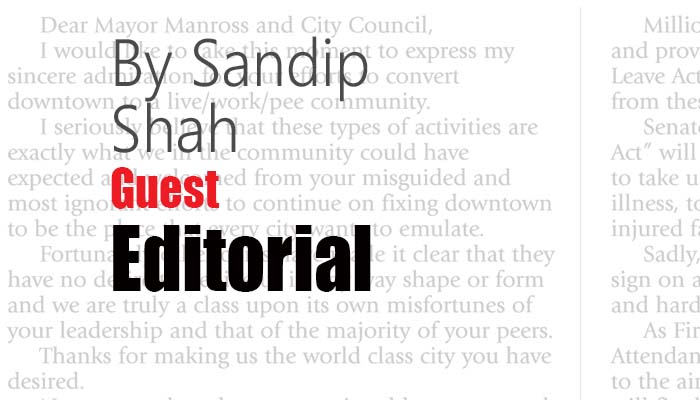Over 400,000 Americans with cancer suffer from a second disease — “financial toxicity.” The symptoms include missed mortgage and rent payments, raided retirement accounts, and decisions about whether to take medicines as prescribed or ration them to save money. Such choices can be deadly.
Given these grim choices, it’s no surprise that more than three-quarters of Americans think that prescription drugs costs are “unreasonable.” They largely blame pharmaceutical companies. But the story is more complex — pharmacy benefit managers and big chain pharmacies play a key role in driving up pharmaceutical prices.
PBMs work as the middlemen in the drug market, negotiating drug prices with pharmaceutical companies on behalf of 266 million Americans’ employer-sponsored and Medicare insurance plans. They determine which medicines are covered by plans at which co-payment or co-insurance levels.
In the past five years, four PBMs have secured a near-monopoly, together accounting for 80 percent of the market. In theory, their bulk buying power gives them leverage to extract big discounts from drug makers. And they do — the problem is that they increasingly keep the lion’s share of discounts rather than pass them on to customers.
“PBMs used to be the sheriff,” explains the executive director of the Community Oncology Alliance. “But they’ve become sheriff, jury, judge and executioner, all wrapped into one.”
The negotiation process is opaque, due to PBMs’ vested interest in keeping pharmaceutical costs high. Take, for instance, Sovaldi, the breakthrough hepatitis C cure made by Gilead Sciences that retails for $85,000. PBMs have negotiated discounts that reduce that price by tens of thousands of dollars.
Why doesn’t Gilead just reduce the list price off the bat? An executive at Gilead recently said that if it slashed Sovaldi’s list price by tens of thousands of dollars, the middlemen would “rip up our contract” and refuse to include the drug in its formulary.
Consider the viewpoint of the PBM. It’d prefer a bigger rebate off a higher list price than a small rebate off a much lower price. Because the rebates are hidden, insurers and patients have little idea of the amount PBMs keep for themselves.
Pharmaceutical companies, on the other hand, are making an increased effort to be more transparent about their pricing.
For instance, a public report from Johnson & Johnson showed that the drug company had offered $11 billion discounts and rebates in 2016, which should have given patients 35 percent off the list price of medicines. Pfizer officials explained to the media, in detail, how they arrived at a list price for a new cancer drug.
Pharmaceutical companies’ rebates and discounts make no difference if middlemen like PBMs and pharmacies avoid passing the savings on to patients.
PBM profits are enormous. Express Scripts, America’s largest PBM, racked up $660 million in profits in 2015. Its former CEO used to earn $1 million a week. That’s seems unfair when PBMs’ business practices force patients to go without their medicines.
Increasing transparency in the PBM and pharmacy supply chain process, and remediation strategies from lawmakers to address potential conflicts of interest, are necessary to limit the financial burden that patients face today.
Sandip Shah is the founder and president of Market Access Solutions, a global market access consultancy, where he develops strategies to optimize patient access to life changing therapies





